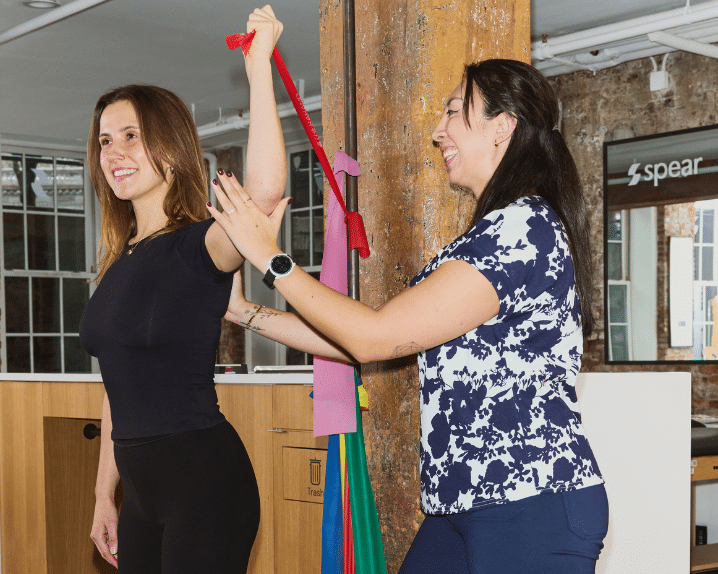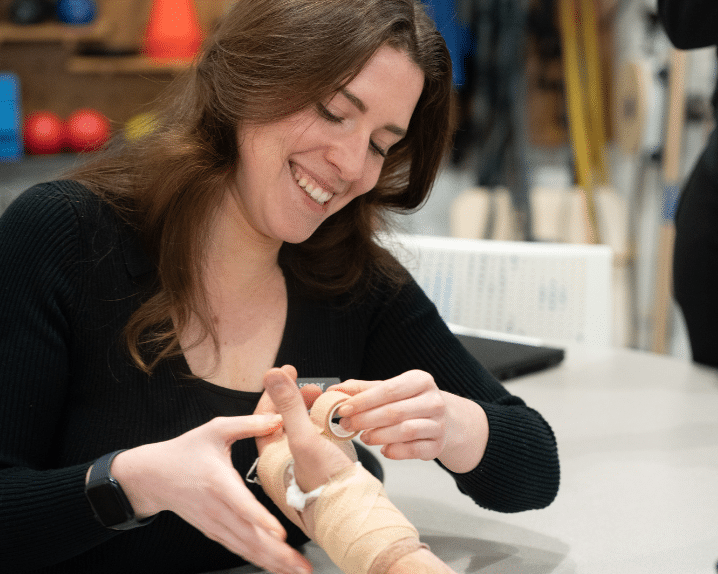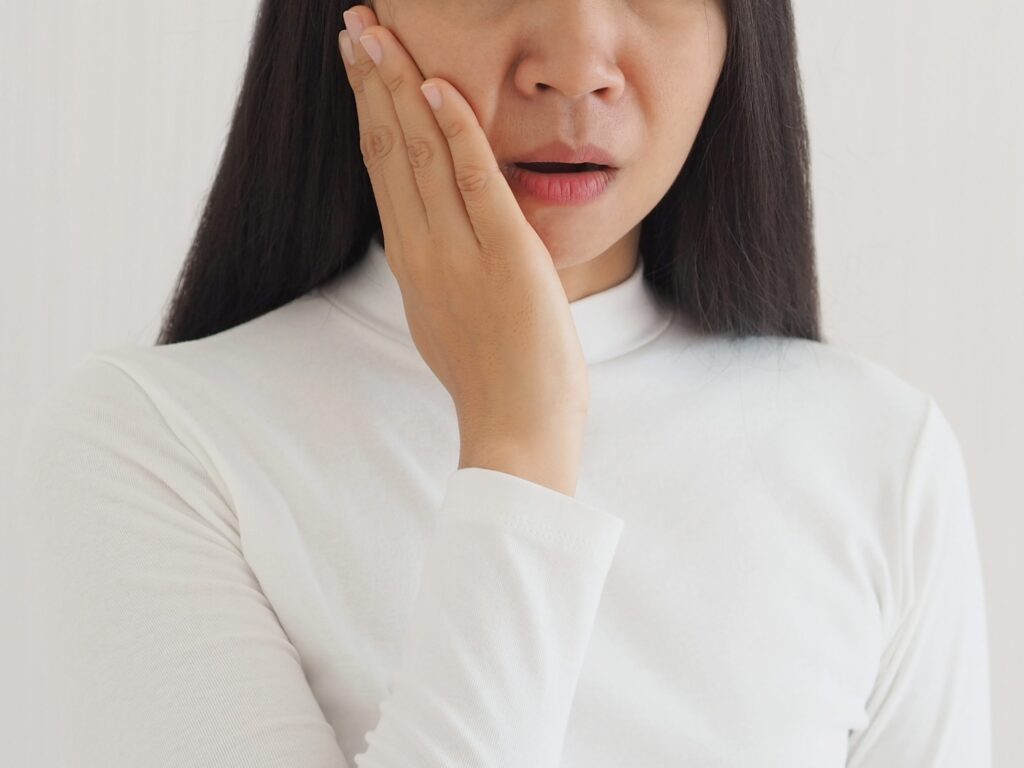TMJ stands for “Temporomandibular Joint” which is the joint that links your lower jaw to your skull. It’s common to refer to jaw pain as “having TMJ,” but this is a bit of a misnomer. What they’re referring to is a condition known as TMD, or Temporomandibular Disorder, causing symptoms in the TMJ such as pain or discomfort in the jaw area.
TMJ therapy is a specialized form of treatment aimed at alleviating the pain and discomfort associated with TMD. In many cases, TMD is temporary, and with the right nonsurgical treatments, symptoms can be effectively managed or even eliminated.
Ignoring the signs of TMD is not advised. If left untreated, these symptoms can lead to long-term discomfort and potentially affect the alignment of your upper and lower teeth. If you notice any persistent discomfort or changes in your jaw’s movement, it’s important to seek professional advice.




